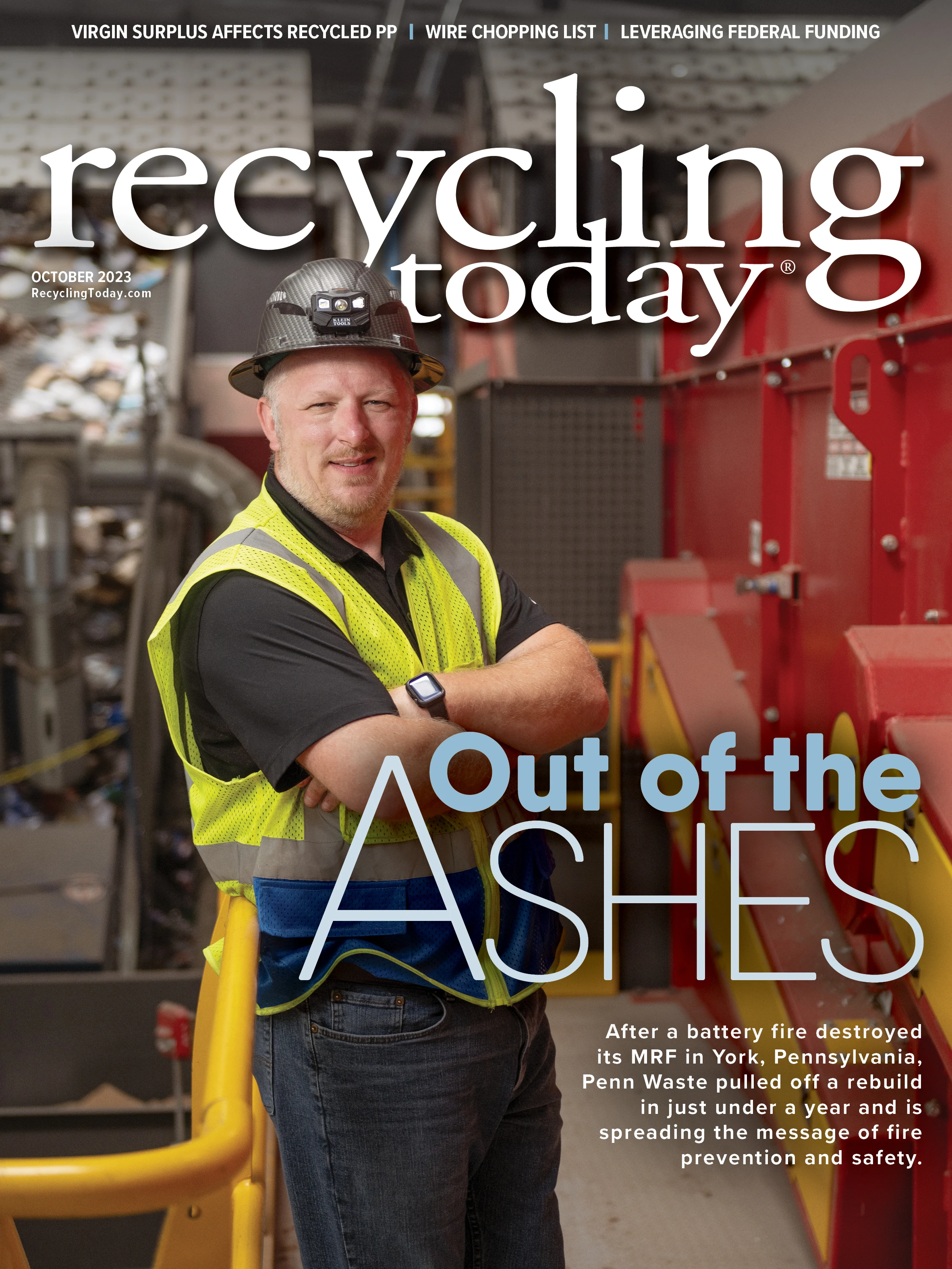


Resource Recovery
Living in the world’s most powerful consumer economy is a wonderful thing in many ways, but an underrecognized downside of American life is the reality that far too many products are discarded well before they’ve become obsolete or inoperable. Our voracious appetite for the new and improved as well as constant access to instantaneous purchasing tools have driven American consumption to unprecedented heights.
But, how often do we truly contemplate what happens when we fall out of love with a couch, a dining set or a kitchen appliance? Consider this: In a time when climate-related catastrophes are constraining the natural resources needed for manufacturing and interrupting global supply chains in the process, it’s exponentially harder to justify sending a truckload of furniture to the landfill just because it doesn’t match the new décor. The chair that doesn’t align with a living room redesign still is eminently useful to plenty of other people.
Optimizing resources
Fortunately, there are far better options than sending our castoffs to the landfill. One great starting point is to redistribute discarded, gently used items to those who can give them a new life.
Mt. Diablo Resource Recovery (MDRR) does just that with our reuse program. Twice a year, we collect gently used items curbside and bring them to our warehouse to be sorted and redistributed to organizations that help people in need.
Clearly, finding better ways to redistribute discarded products is an essential piece of the sustainability puzzle and impossible to deny when we delve into data that demonstrate the environmental impact of the goods we buy.
The power of the program is evident by the numbers. Last year, we recovered reusable items from 37,000 households, rehomed more than 165,000 pounds of books and saved more than 2 million pounds of donatable items from being sent to the landfill. This vital program is part of our community resource optimization (CRO) philosophy developed to increase the economic value of every material stream we collect and process.
Building a circular economy
Since Congress passed the Resource Conservation and Recovery Act in 1976, the “reduce, reuse, recycle” motto has permeated the national dialogue about why it’s important to adopt more responsible disposal practices. Changing the attitudes and behaviors of such a large and diverse population has taken decades, especially since our expanding economy promotes continual consumption. While it’s impossible to compel all Americans to agree, 70 percent of greenhouse gas emissions worldwide could be addressed by adopting a circular economy that strongly emphasizes reuse.
If we don’t, the volume of waste we currently are generating will soon spiral out of control.
The case for reuse

Recent data from the Environmental Protection Agency (EPA) show that discarded furniture comprises 4.1 percent of municipal solid waste, with 80.1 percent going to landfills across the country. Fast fashion, in addition to being culpable for emitting up to 10 percent of the world’s carbon dioxide emissions, is responsible for roughly one-fifth of the 300 million tons of plastic produced annually.
Then, there’s the damage from discarding kitchen appliances. The EPA estimates that of the 7.5 million tons of waste generated by appliances in 2018, about 40 percent of this material went to landfills. While innovative environmental services companies like ours rehome appliances with reuse programs or extract most of the valuable components from those that are defunct to keep material out of the landfill, such practices need to be adopted more widely around the world.
It’s clear CRO should be integrated into a strategy that will help the United States become a more sustainably minded society, not only to keep reusable goods out of landfills but also to help the growing number of people displaced each year by natural disasters arising from climate change.
For example, after California’s Camp Fire caused nearly $422 billion in damage and destroyed more than 18,000 homes in 2018, MDRR’s Reuse Warehouse was one of the few places families could acquire the furniture, clothing and home goods they needed to start rebuilding their lives. Beyond replacing essential items, those affected by the fire found toys, games and sports equipment that helped relieve stress.
The Golden State long has been lauded as a global leader in environmental stewardship. The climate crisis requires us to not only reduce our carbon footprint but also devise advanced solutions to extreme societal problems such as those arising from the Camp Fire.
When we take these wide-ranging issues and objective data into consideration, it is impossible to deny how imperative CRO is to our well-being. Reuse, a critical component of any viable CRO strategy, is an intelligent and practical solution all Americans should embrace with great enthusiasm.
WANT MORE?
Enter your email to receive our newsletters.

Explore the October 2023 Issue
Check out more from this issue and find your next story to read.
Latest from Recycling Today
- Novelis announces plant closures
- ABTC reports production increase at LIB recycling facility
- ReMA contributes comments in Commerce Department investigation into copper
- WM to debut 4 recycling, RNG projects
- Celsa Group welcomes new Spanish investor
- Ferrous price hikes could be poised to pause
- BIR prepares for Spanish exhibition
- Copper exempted from latest round of tariffs






